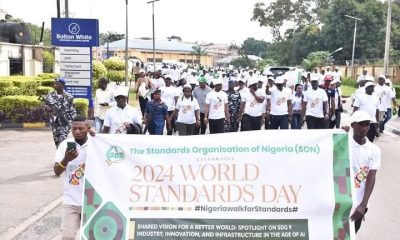It has become a known fact that if nothing is done to extend the deadline given to licensed Microfinance Banks (MFBs) in Nigeria to recapitalize before the end of April 2021, 612 of the total 874 of them will cease to function.
These banks established to meet the financial needs of Nigeria’s low-income earners no doubt were affected by the double jeopardy of recession and COVID -19.
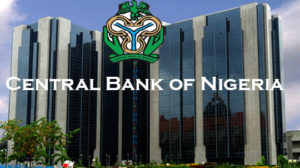 The Central Bank of Nigeria (CBN), had in 2020 revised the deadline for compliance with the minimum capital requirement for microfinance banks by one year on account of the impact of the COVID-19 pandemic which adversely affected economic activities,
The Central Bank of Nigeria (CBN), had in 2020 revised the deadline for compliance with the minimum capital requirement for microfinance banks by one year on account of the impact of the COVID-19 pandemic which adversely affected economic activities,
The internal survey conducted by the National Association of Microfinance Banks (NAMB) has shown that 30 percent of MFBs will be able to meet this deadline. This implies that 70 per cent of the banks will go out of business with severe consequences for the financial services industry.
In an interview recently obtained from BusinessDay, the national president, National Association of Microfinance Banks (NAMB), Yusuf Gyallesu, said they are exploring all grounds to see how the CBN can shift ground by reducing the capital requirement amount or extending the tenure of the deadline to 2025, looking at economic realities on ground.
The association he said has presented the above position in support of this extension of the deadline since the country is just coming out of a depression and there is no money to inject into the banks. A situation worsened by the COVID-19 pandemic as the whole of last year there was limited economic transaction.
“So within this COVID-19 period, where can one go to raise 1, 000 percent of the reviewed capital,” Gyallesu said.
Consequently, MFBs operating in rural unbanked and underbanked areas (Tier 2) are expected to meet the N35 million capital threshold by April 2021 and N50 million by April 2022.
MFBs operating in urban and high-density banked areas (Tier 1) are expected to meet the N100 million capital threshold by April 2021 and N200 million by April 2022;
State licenced MFBs are to increase their capital to N500 million by April 2021 and N1 billion by April 2022.
National MFBs are expected to meet minimum capital of N3.5 billion capital by April 2021 and N65 billion by April 2022.
If a microfinance bank collapses as a result of illiquidity it would rub off on the corresponding bank (commercial banks) and impact on customer deposits.
“This issue should not be seen as specific to microfinance banks, it would distort the whole financial system and by extension Nigeria as a nation will be affected by that problem,” Gyallesu said.
At the time of reporting, there are no data to ascertain the number of those MFBs that have met the first threshold of recapitalisation.
This may not be known until the expiration of the deadline, people familiar with the industry have said. Some are still struggling to meet up and some may inject funds before the deadline.
The CBN had in October 2018, reviewed upward the minimum capital requirement of the three categories of MFBs as follows – Unit microfinance banks from N20 million to N200 million, State MFBs from N100 million to N1 billion, and the National MFB from N2 billion to N5 billion.
 On March 18, 2019, the CBN reviewed the minimum capital requirements for microfinance banks, allowing for instalment payment and categorisation of Unit Microfinance into two of Tier 1 and Tier 2.
On March 18, 2019, the CBN reviewed the minimum capital requirements for microfinance banks, allowing for instalment payment and categorisation of Unit Microfinance into two of Tier 1 and Tier 2.
In the new capital requirement guideline, tier 1 MFBs (urban) are to pay N200 million as minimum capital requirement, while tier 2 (rural) are expected to pay N50 million.
As part of efforts to meet up with the capital requirement, many of the operators are considering mergers and acquisition, downsizing, or going to the Stock Exchange to raise funds.
For instance, Baobab Microfinance Bank Nigeria, currently has about N4.6 billion capital and would need additional N400 million to fully recapitalise to N5 billion for national licence and the bank plans to achieve that before September 2021.
On acquiring another bank, Kazeem Olanrewaju, managing director/CEO at Baobab Microfinance Bank said, “We have some prospects. We are still discussing but our plan is to fully recapitalise from our retained earnings and that is our first priority before we think of acquiring anybody.”
According to Gyallesu, in the first month that the CBN introduced the new capital requirement the first thing his association did was to put up a technical team that went round the country, in six geo-political zones. They also selected executive members, who went to the Nigerian Stock Exchange (NSE) to ask for a window for long-term funding so that MFBs can meet up with their capital.
They developed some papers, “we did stakeholders sensitisation where we told them the issues on ground and options. The first option was mergers and acquisition. Another option was to downsize or go to the stock exchange to raise money,” Gyallesu said.
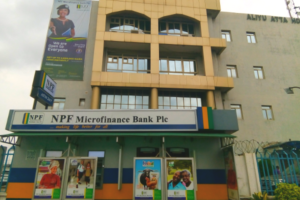 NPF Microfinance Bank Plc on December 31, 2018 at its 25th annual general meeting announced plans to do a public offer with a view to raising more funds from the Nigerian Stock Exchange (NSE) to shore up its working capital.
NPF Microfinance Bank Plc on December 31, 2018 at its 25th annual general meeting announced plans to do a public offer with a view to raising more funds from the Nigerian Stock Exchange (NSE) to shore up its working capital.
Request for reduction
Operators want the CBN to bring down the N50 million to N35 million so that one who is operating with N20 million could add N15 million. This, they say, makes more sense. The MFB can bring in new investors to inject funds up to that N35 million.
For the N200 million, operators want the apex bank to bring it down to N100 million, for the State, instead of taking it to N1 billion from N100 million, why not to N500 million. In the State license one can open as many branches as possible. For that of National license, instead of N5 billion operators want it reviewed down to N3 billion.
These are recommendations from the association. These recommendations do not mean every member of the association would meet the requirement. However, the serious ones can.
70 percent of MFBs risks collapse
If the postionmof the CBN that its not shifting grounds is anything to go by, more than 70 percent of the microfinance banks will collapse and that will affect the remaining 30 percent.
Since every microfinance banks must have a relationship with a commercial bank, such will no foubt have ripple effect on the deposit money banks.

 Business5 years ago
Business5 years ago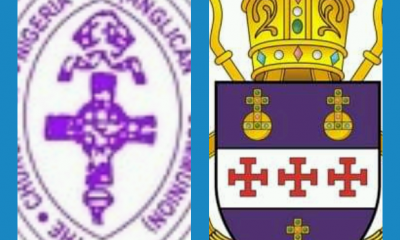
 News6 years ago
News6 years ago
 Crime2 years ago
Crime2 years ago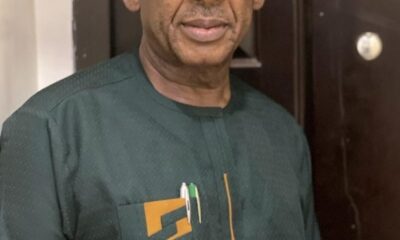
 News1 year ago
News1 year ago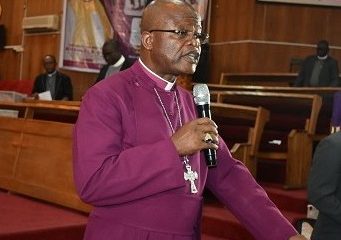
 News5 years ago
News5 years ago
 Football6 years ago
Football6 years ago
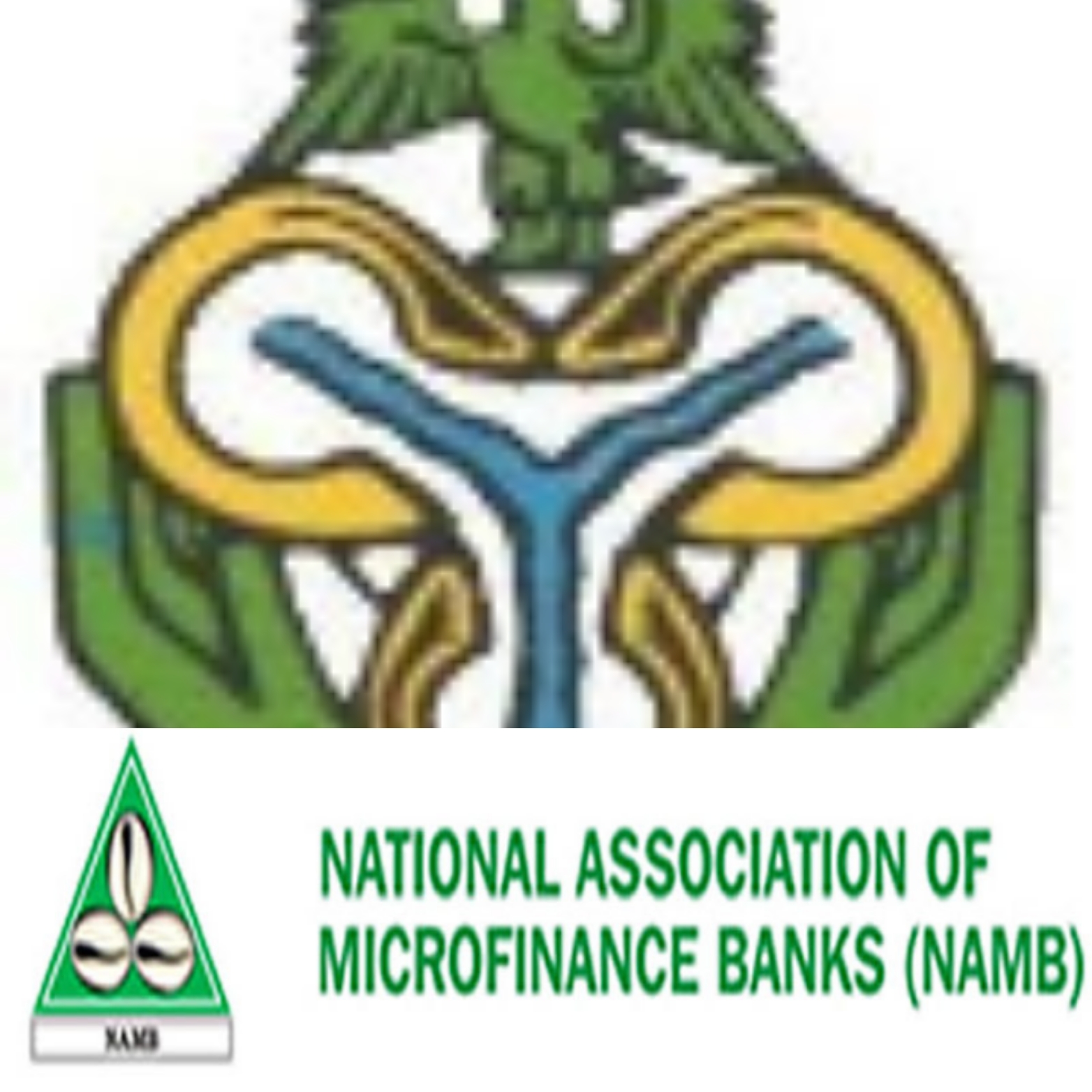
 The Central Bank of Nigeria (CBN), had in 2020 revised the deadline for compliance with the minimum capital requirement for microfinance banks by one year on account of the impact of the COVID-19 pandemic which adversely affected economic activities,
The Central Bank of Nigeria (CBN), had in 2020 revised the deadline for compliance with the minimum capital requirement for microfinance banks by one year on account of the impact of the COVID-19 pandemic which adversely affected economic activities,
 On March 18, 2019, the CBN reviewed the minimum capital requirements for microfinance banks, allowing for instalment payment and categorisation of Unit Microfinance into two of Tier 1 and Tier 2.
On March 18, 2019, the CBN reviewed the minimum capital requirements for microfinance banks, allowing for instalment payment and categorisation of Unit Microfinance into two of Tier 1 and Tier 2. NPF Microfinance Bank Plc on December 31, 2018 at its 25th annual general meeting announced plans to do a public offer with a view to raising more funds from the Nigerian Stock Exchange (NSE) to shore up its working capital.
NPF Microfinance Bank Plc on December 31, 2018 at its 25th annual general meeting announced plans to do a public offer with a view to raising more funds from the Nigerian Stock Exchange (NSE) to shore up its working capital.
